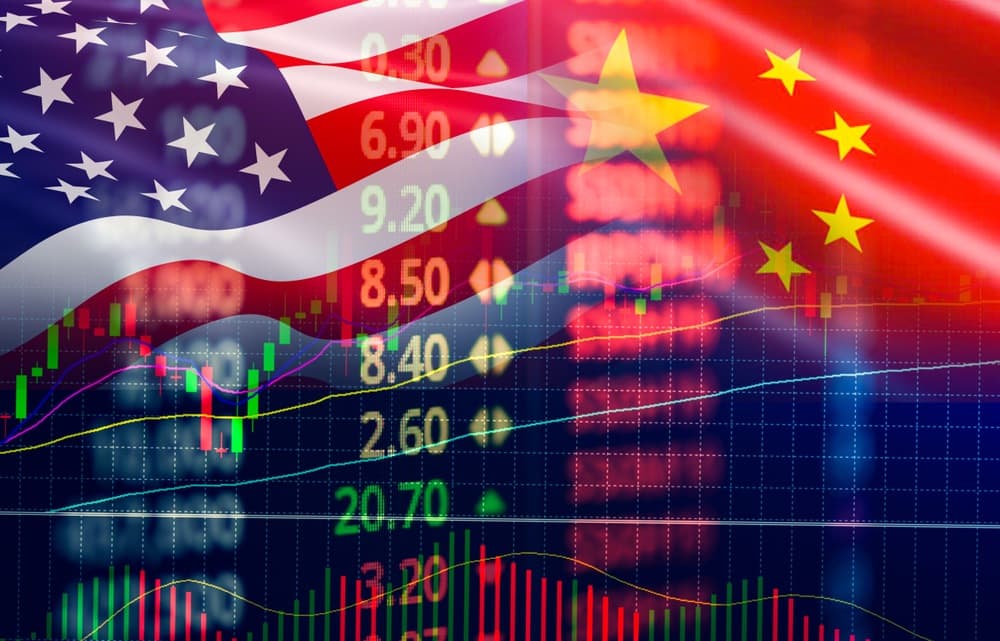
“Gold is money. Everything else is credit.”
–JP Morgan
May 19, 2025 — May 19, 2025 – A return to some version of a gold standard has morphed from “gold bug fever dream” to “conceivable” in the past few years. Here’s why:
Since the 1990s, when Fed chair Alan Greenspan became a global celebrity nicknamed “the Maestro” by a credulous press …

… governments have borrowed ever-greater sums, forcing central banks to create a tsunami of new currency to keep their economies afloat. In the process, they convinced their citizens that a central banker typing “$1,000,000,000,000” and hitting “send” required bravery and judgment. It didn’t, of course, because creating currency out of thin air and handing it to money center banks is the opposite of hard and complex.
But now, finally, the consequences of unchecked credit creation are being felt. Global debt and related interest expense have risen to mind-bending levels, the super-rich are vastly richer (both in nominal terms and compared to the rest of us), and boom/bust credit cycles have become existential threats.
Why is a gold standard likely?
First, a consensus is forming that a new Bretton Woods monetary agreement is imminent. Central banks around the world are buying gold (not T-bonds, bitcoin, or oil) in anticipation.

Second, populist (i.e., anti-elite) revolutions are sweeping the world, costing the monetary aristocracy much of their clout. As the old scams are exposed and shut down, the resulting policy vacuum will have to be filled with something.
Third, it turns out that a new gold standard was planned all along. Remember Project 2025, that massive think tank document laying out recommendations for Trump’s second term? Well, despite the “never heard of it!” denials, the US is following the script faithfully. According to the Project 2025 Tracker (yes, that’s a real thing), 42% of the document’s recommendations have already been enacted:

As for monetary policy, Project 2025 recommends the following:
- Returning the U.S. to the gold standard (commodity backed money).
- Elimination of the Federal Reserve’s dual mandate of maximum employment and price stability replaced with a focus solely on price stability.
- Reduce and limit Federal Reserve purchases of financial assets, including federal debt and mortgage-backed securities.
- Limiting the Federal Reserve’s lender-of-last-resort function, which offers loans to banks near collapse.
- Exploring alternatives to the Federal Reserve System, including elimination of the Federal Reserve and the implementation of “free banking”.
What would a gold standard look like?
Imagine a world where national currencies are simply names denoting specific weights of gold. If the dollar is defined as 1/10,000th of an ounce of gold, the gold price is $10,000/oz.
When a currency’s supply rises (thus risking inflation), holders of that currency will exchange it for gold, lowering the money supply and raising the currency’s value. Voila, inflation gone and the 1% stripped of (at least some of ) its omnipotence.
In that world, former rock star central bankers are simply bank tellers who exchange gold for dollars and dollars for gold — and that’s it. Their main job — and that of the Fed — will be a continuous, monotonous series of modest transactions. It’s really that simple.
And no one will know the central bankers’ names.
John Rubino
John Rubino’s Substack
P.S. from Andrew: Our research in the gold space has proven lucrative so far in 2025 as gold prices continue to trend higher. Gold mining stocks are also on the move, and there’s one subset of the gold space that can offer the best returns.
Your thoughts? Please send them here: addison@greyswanfraternity.com



